Do you ever feel a sudden, sharp pain while receiving a massage? These painful sensations are often caused by muscle knots, also known as myofascial trigger points. In this article, we’ll discuss what muscle knots that crunch under massage are, how to identify them, and how to relieve the pain they cause.
Contents
What are Muscle Knots?
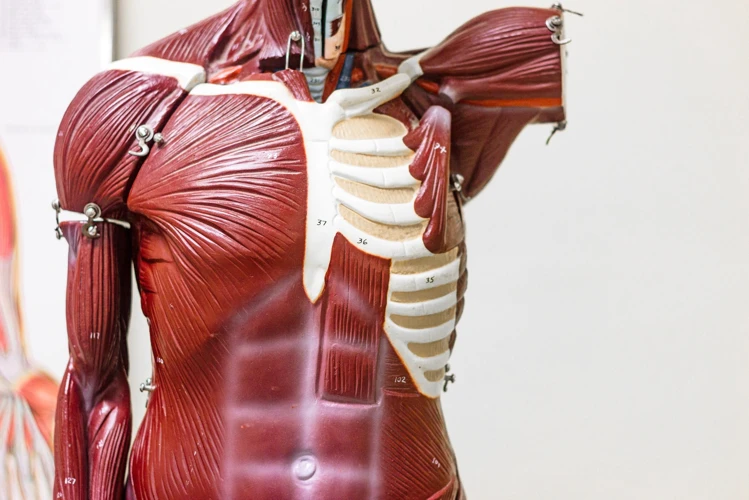
Muscle knots, also known as myofascial trigger points, are areas of tightness or tension that occur within a muscle or its surrounding fascia. These areas can cause pain, discomfort, and tightness when touched or pressed. Muscle knots are commonly found in the shoulders, neck, back, and arms.
Why Do Muscles Crunch During Massage?
When a massage therapist applies pressure to a muscle knot, the pressure may be too intense and cause the muscle to react with a crunching sound. This is known as a “trigger point release”. Trigger points are areas of tightness and tension within a muscle that can cause pain and discomfort when pressed. During a massage, the therapist applies pressure to the trigger points to release the tension, which can cause the muscles to crunch.
How to Relieve the Pain?
There are several ways to relieve the pain from muscle knots. For example, heat and cold therapy can be used to reduce inflammation and relax the muscle. Massage, stretching, and foam rolling can also help to reduce muscle knots and improve overall flexibility. In addition, over-the-counter pain relievers such as ibuprofen and acetaminophen can also be used to reduce pain and inflammation.
What is Muscle Cramping?
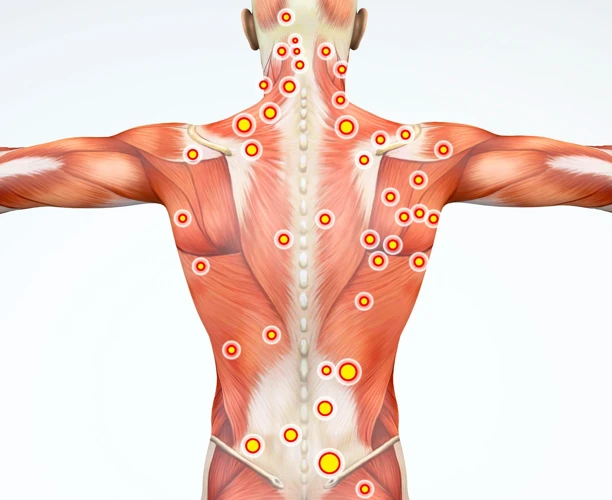
Muscle cramps occur when a muscle suddenly and involuntarily contracts and becomes tight. This can cause pain and limit the range of motion. Muscle cramps can affect any muscle in the body, and they can range from mild to severe.
- Common causes of muscle cramps include: dehydration, electrolyte imbalances, muscle fatigue, and overuse. They are also common during pregnancy.
- Risk factors for muscle cramps include: age, physical activity level, and certain medical conditions.
- Signs and symptoms of muscle cramps include: intense pain, tightness, and spasms in the affected muscle.
- Treatment for muscle cramps includes: stretching, massage, heat, and over-the-counter medications.
- Preventing muscle cramps includes: drinking plenty of water, stretching regularly, and avoiding activities that cause muscle fatigue.
Muscle cramps are generally temporary and can be relieved with simple treatments. However, if they continue to occur or become more severe, it is important to seek medical attention.
What Causes Muscle Knots?

- Tight Muscles or Muscle Imbalances: Muscle knots can be caused when the muscles become tight, either from lack of use or repetitive motions. Tight muscles can form knots when they aren’t able to move freely, causing pain and discomfort. Additionally, muscle imbalances can lead to muscle knots, as one muscle group might be over-compensating for another that is weak.
- Inactivity: Inactivity can cause muscle knots, as muscles that are not used are more likely to become tight and form knots. Prolonged sitting or standing, for example, can cause the muscles in the legs, back, and neck to become tight and lead to knots.
- Stress: Stress can lead to muscle knots, as anxiety and tension can cause muscles to become tight and lead to knots.
- Injury: Injury can cause muscle knots, as the body’s natural response to injury is to tense up the muscles around the injury site, leading to knots.
What Does a Crunched Muscle Feel Like?
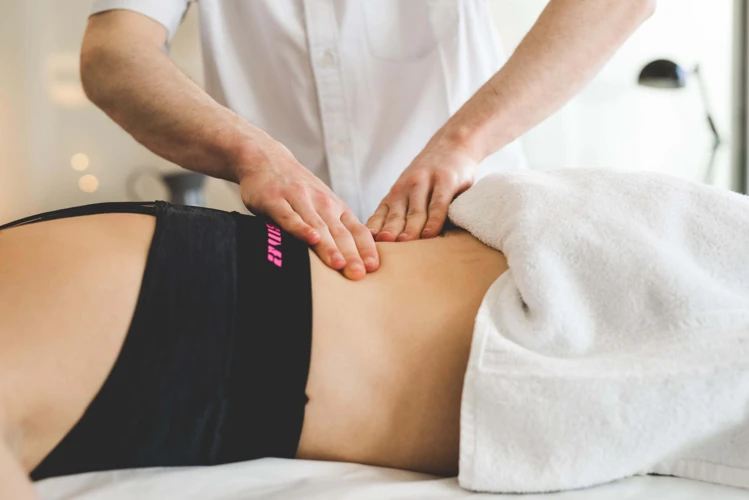
- Sharp Pain: A crunched muscle can cause a sharp pain when pressure is applied.
- Tightness: The muscle will feel tight and tender to the touch.
- Aches: The muscle may ache during or after movement.
- Spasms: A crunched muscle may cause involuntary muscle contractions.
- Numbness: It may also cause numbness or tingling in the affected area.
- Tenderness: The muscle may be tender to the touch, feeling sore or bruised.
- Stiffness: The muscle will feel stiff and difficult to move or stretch.
- Weakness: Crunched muscles may also cause weakness in the affected area.
What Are the Benefits of Massage for Muscle Knots?
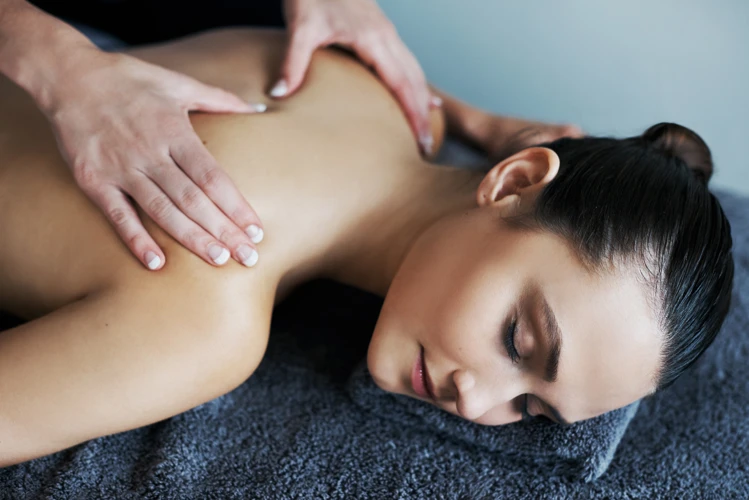
Massage is an effective way to reduce pain and tension in muscle knots. The main benefit of massage is that it increases blood circulation to the affected area, which helps to reduce inflammation and pain. It also helps to reduce muscle tightness and spasms, as well as improve flexibility. Additionally, massage can help with relaxation, which can further reduce pain and discomfort. Massage can also help to break down scar tissue, which can also help to reduce pain and tension. Finally, massage can help to reduce stress and anxiety, which can also contribute to reducing pain and tension.
How to Relieve Muscle Knot Pain
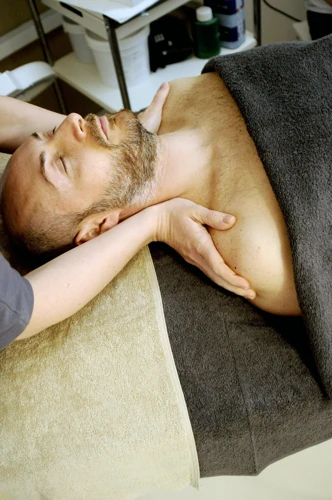
Self-Massage
Self-massage can be a great way to provide relief from muscle knots. Use gentle pressure to massage the affected area for a few minutes, applying pressure in circular motions with your fingertips. If the area is too tender to massage directly, apply pressure at a nearby point and work your way towards the knot.
Professional Massage
A professional massage can be an effective treatment for muscle knots. A qualified massage therapist will be able to help you identify and target the knots, and will know what techniques to use to provide relief.
Stretching
Stretching the muscles around the knot can help to loosen it. Make sure to stretch slowly and gently, as stretching too quickly can cause further discomfort.
Heat Therapy
Applying heat to the area can help to relax the muscle and reduce pain. Heat can be applied with a heat pad or a hot water bottle, and should be maintained for 10-15 minutes.
Anti-Inflammatory Medication
In some cases, anti-inflammatory medication may be prescribed to reduce swelling and provide pain relief. This should only be taken after consulting with a doctor and following the instructions on the packet.
Prevention of Muscle Knots
Stretching: Regular stretching is essential to keep muscles flexible and healthy. Stretching helps to lengthen your muscles and keep them from tightening up, which can lead to knots.
Exercise: Regular physical activity helps to keep your muscles strong and healthy. Make sure to include both aerobic and strength-building exercises in your routine.
Posture: Poor posture can lead to muscle tension and pain. Make sure to stand and sit up straight, with your shoulders back and down.
Sleep: Getting enough quality sleep is important to relax your muscles and keep them healthy. Aim for 7-9 hours of sleep each night.
Massage: Regular massages can help to relieve muscle tension and reduce the risk of developing muscle knots.
Nutrition: Eating a healthy, balanced diet can help to support your muscles. Make sure to include plenty of fruits, vegetables, and lean proteins.
Hydration: Drinking plenty of water helps to keep your muscles hydrated, which can reduce the risk of knots.
Frequently Asked Questions
What Causes Muscle Knots?
Muscle knots, also known as trigger points, are caused by tension and tightness in the muscle fibers. This can be due to overuse, poor posture, poor ergonomics, or injuries. Stress, anxiety, and dehydration can also contribute to the formation of muscle knots. When the muscle fibers are overworked, they can become knotted and cause pain and discomfort.
How can I tell if I have a muscle knot?
Muscle knots are often tender to the touch and can cause localised pain and discomfort. You may also experience a crunching sensation when the affected area is massaged. Other signs of a muscle knot include a tight feeling in the area, reduced range of motion, and decreased flexibility. If you experience any of these symptoms, you should consult your doctor or physical therapist for further evaluation.
What are the Benefits of Massage for Relieving Muscle Knots?
Massage can be an effective way to relieve muscle knots, helping to reduce tension, decrease pain, and improve range of motion. Massage can also help improve circulation and break down scar tissue, allowing for quicker healing and recovery. Further, massage may assist in reducing inflammation, muscle spasms, and tightness by encouraging the release of endorphins, the body’s natural painkillers.
Are There Any Risks Associated with Massage for Muscle Knots?
Massage therapy is generally considered safe, but when targeting muscle knots, it can cause discomfort, bruising, or soreness. It is important to communicate any concerns with the massage therapist, and to stop the massage if it becomes too painful. While massage is generally safe, there may be risks if the person receiving the massage has certain medical conditions, such as a bleeding disorder or a weakened immune system. Additionally, if the massage therapist is not trained properly, it can cause further injury.
Are there any exercises or stretches that can help to prevent or relieve muscle knots?
- Stretches and exercises to target the affected area: Targeting the affected area with stretches and exercises can help to prevent or relieve muscle knots. Stretches should focus on lengthening the muscle and increasing range of motion. Exercise should focus on strengthening and stabilizing the muscle. Examples include:
- Hamstring stretches
- Quadriceps stretches
- Hip flexor stretches
- Glute bridges
- Hip abductor exercises
- Core exercises
- Lateral band walks
- Yoga: Yoga is an excellent way to stretch, strengthen, and relax the muscles. Certain poses can be used to target the affected area and help to prevent or relieve muscle knots.
- Self-massage: Using a foam roller, tennis ball, or other massage tools can help to relieve muscle knots and tension. Focusing on the affected area can help to reduce tightness and pain.
Conclusion
Muscle knots can be a source of pain and discomfort, but they can be managed through massage and self-care techniques. Learning about the causes and symptoms of muscle knots can help you better understand how to relieve them. Additionally, seeking professional treatment can be beneficial in relieving the pain and discomfort associated with muscle knots.

